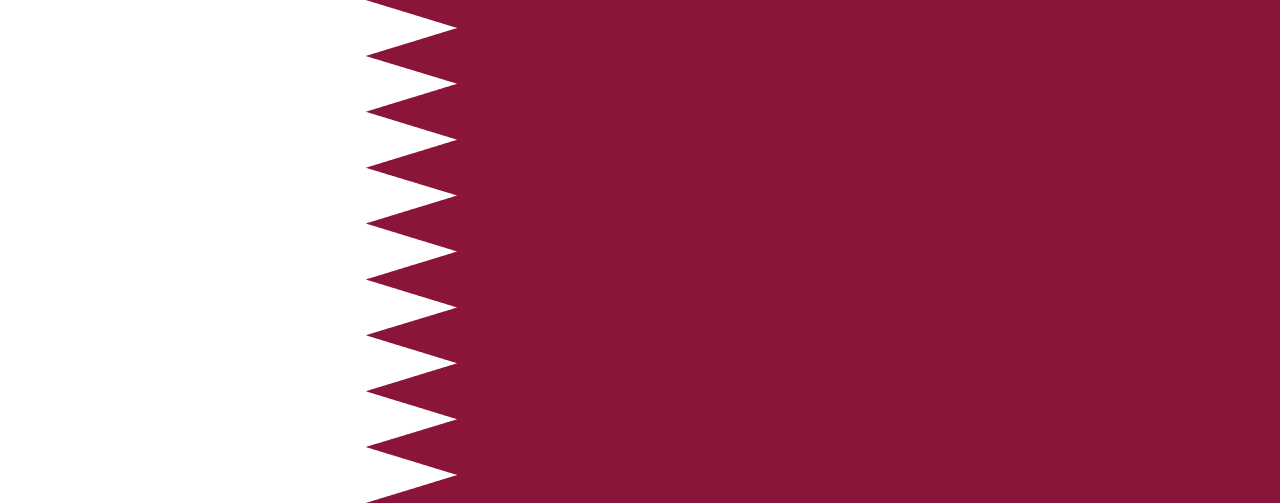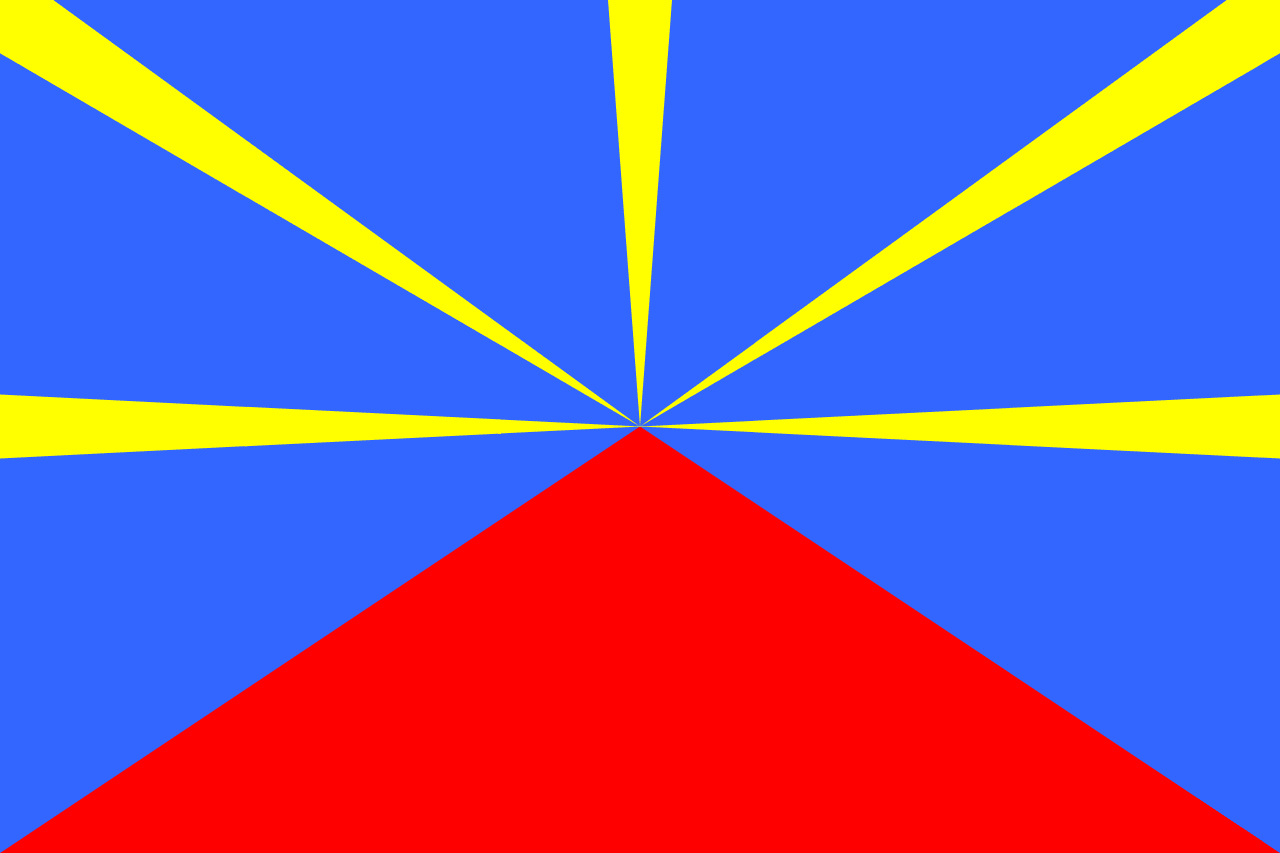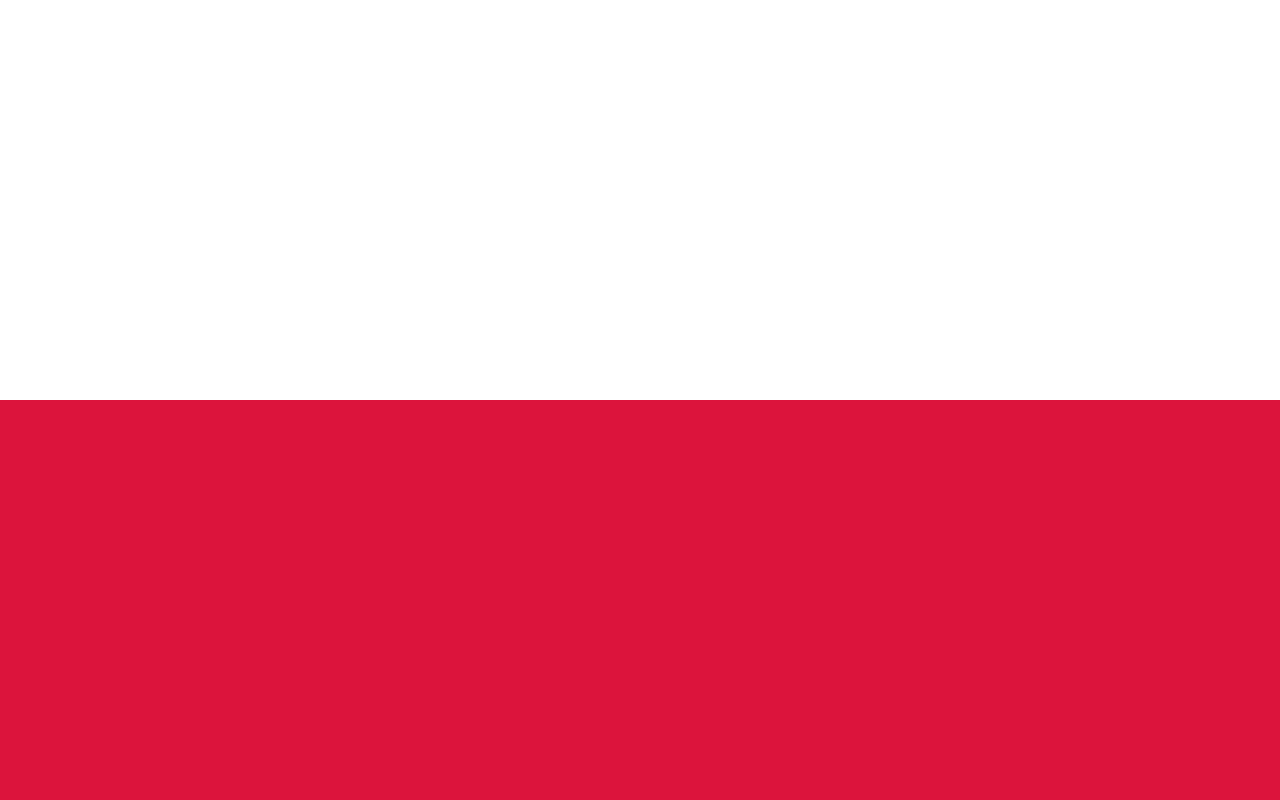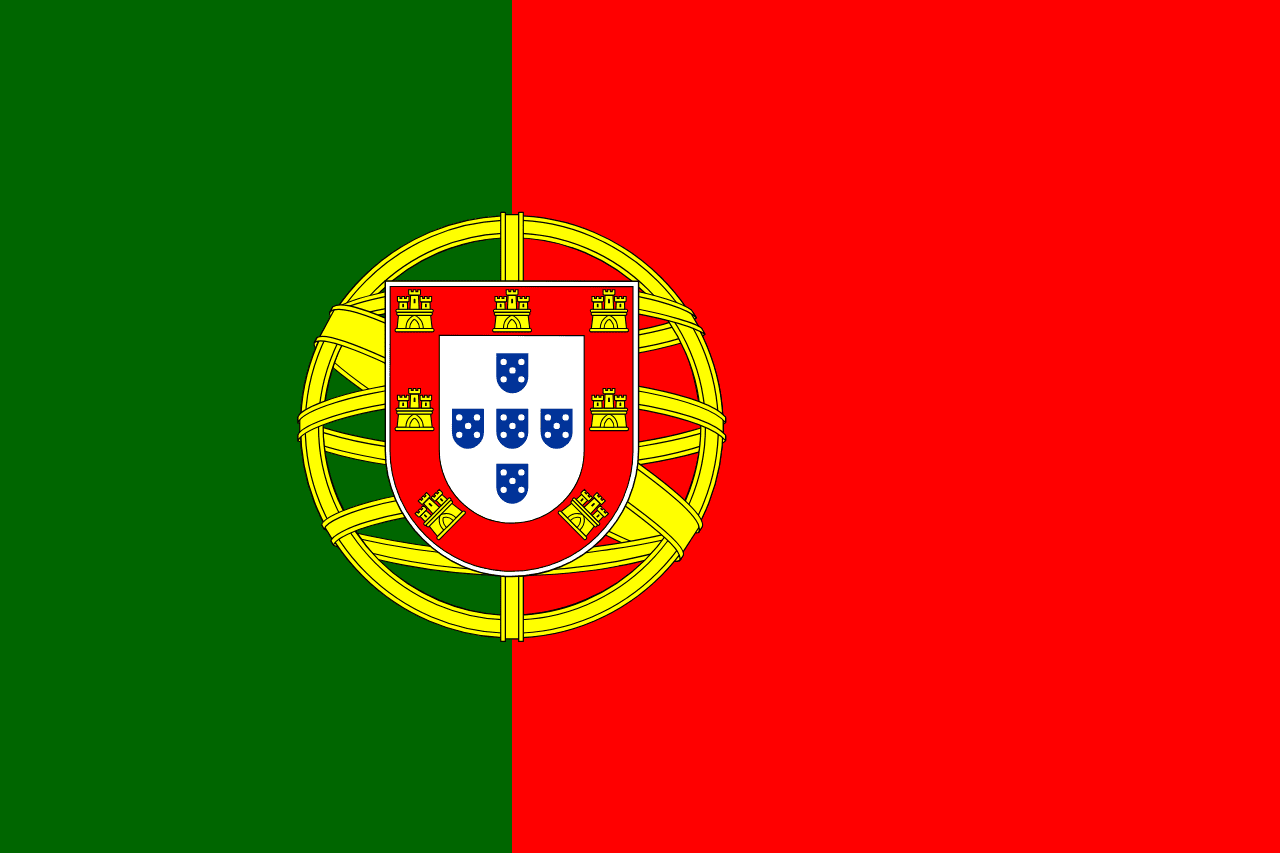The flag of Puerto Rico consists of five horizontal stripes alternating red and white, with a blue triangle on the hoist side containing a single white five-pointed star. This striking design encapsulates Puerto Rico's complex history, cultural identity, and political status as an unincorporated territory of the United States.
Puerto Rico information
| National Flag Day | — |
| Sovereign state | No |
| Official name | Commonwealth of Puerto Rico |
| Capital | San Juan |
| Population | 3,193,694 |
| Area | 8,870 km² |
| Currency | United States dollar (USD) |
| Language | Spanish, English |
| Continent | America |
| Region | Caribbean |
| Subregion | Greater Antilles |
| Borders | The Atlantic Ocean, the Caribbean Sea |
| Timezone | Ast (UTC-4) |
| Calling code | +1-787, +1-939 |
| Top-level domain | .pr |
History of the Puerto Rican flag
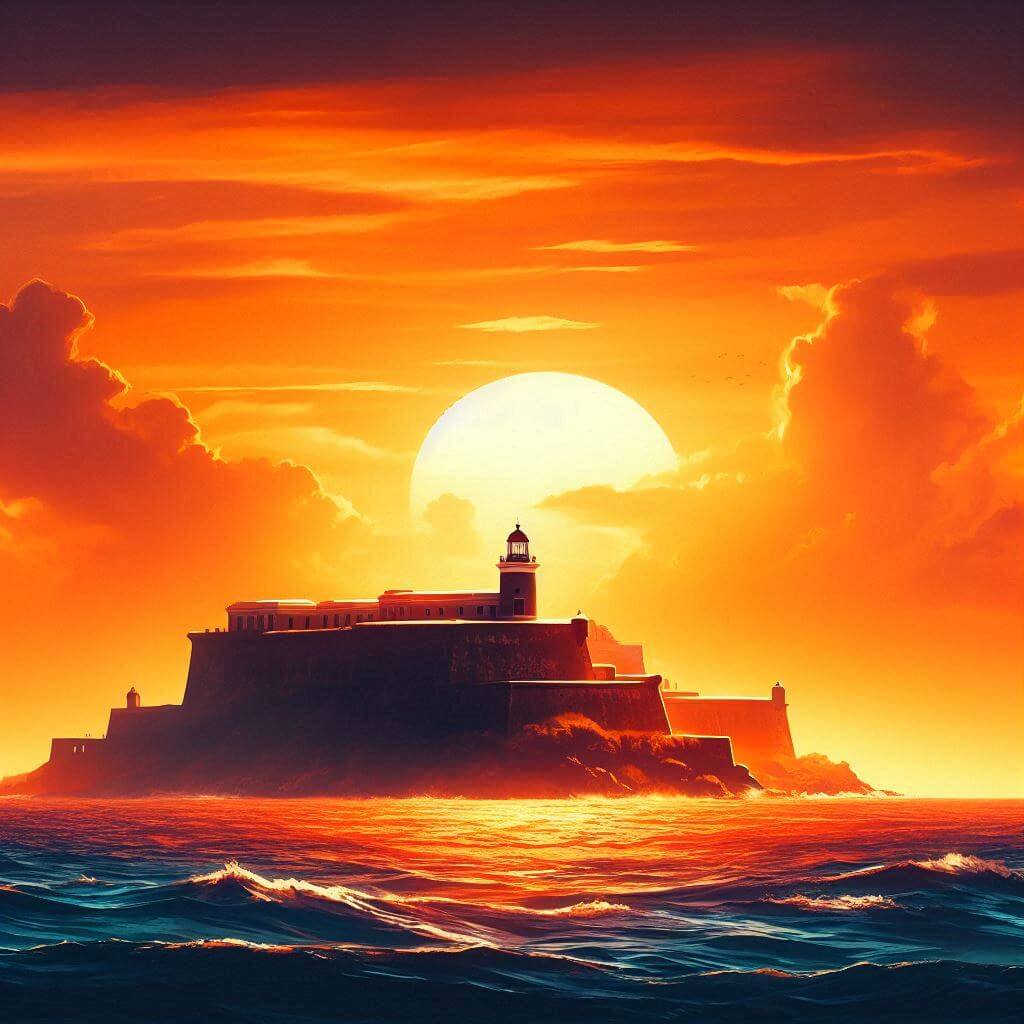 The Puerto Rican flag was first conceived in 1895 by a group of Puerto Rican exiles in New York City, led by Francisco Gonzalo Marín. It was officially adopted on July 25, 1952, when Puerto Rico became a Commonwealth of the United States. The flag's design was inspired by the Cuban flag, reflecting the shared struggles for independence from Spanish colonial rule. Throughout its history, the flag has been a powerful symbol of Puerto Rican identity and aspirations for self-determination, playing a significant role in political movements and cultural expression both on the island and among the Puerto Rican diaspora.
The Puerto Rican flag was first conceived in 1895 by a group of Puerto Rican exiles in New York City, led by Francisco Gonzalo Marín. It was officially adopted on July 25, 1952, when Puerto Rico became a Commonwealth of the United States. The flag's design was inspired by the Cuban flag, reflecting the shared struggles for independence from Spanish colonial rule. Throughout its history, the flag has been a powerful symbol of Puerto Rican identity and aspirations for self-determination, playing a significant role in political movements and cultural expression both on the island and among the Puerto Rican diaspora.
Symbolism and design of the Puerto Rican flag
The Puerto Rican flag's design is rich in symbolism, reflecting the island's history and cultural heritage. The red stripes represent the blood shed by patriots in the struggle for freedom and civil rights. The white stripes symbolize individual liberty and the victory that grants peace and prosperity. The blue triangle represents the Republican form of government, as well as the sky and coastal waters surrounding the island. The single white star within the triangle symbolizes the Commonwealth of Puerto Rico, with its five points representing the three branches of government (executive, legislative, and judicial) plus the dignity and rights of the people. The flag's colors also pay homage to Puerto Rico's historical connections, with red and white echoing the colors of the United States flag, while the arrangement of stripes and the blue triangle mirror elements of the Cuban flag, acknowledging shared Caribbean heritage and struggles for independence.
Usage and significance of the Puerto Rican flag
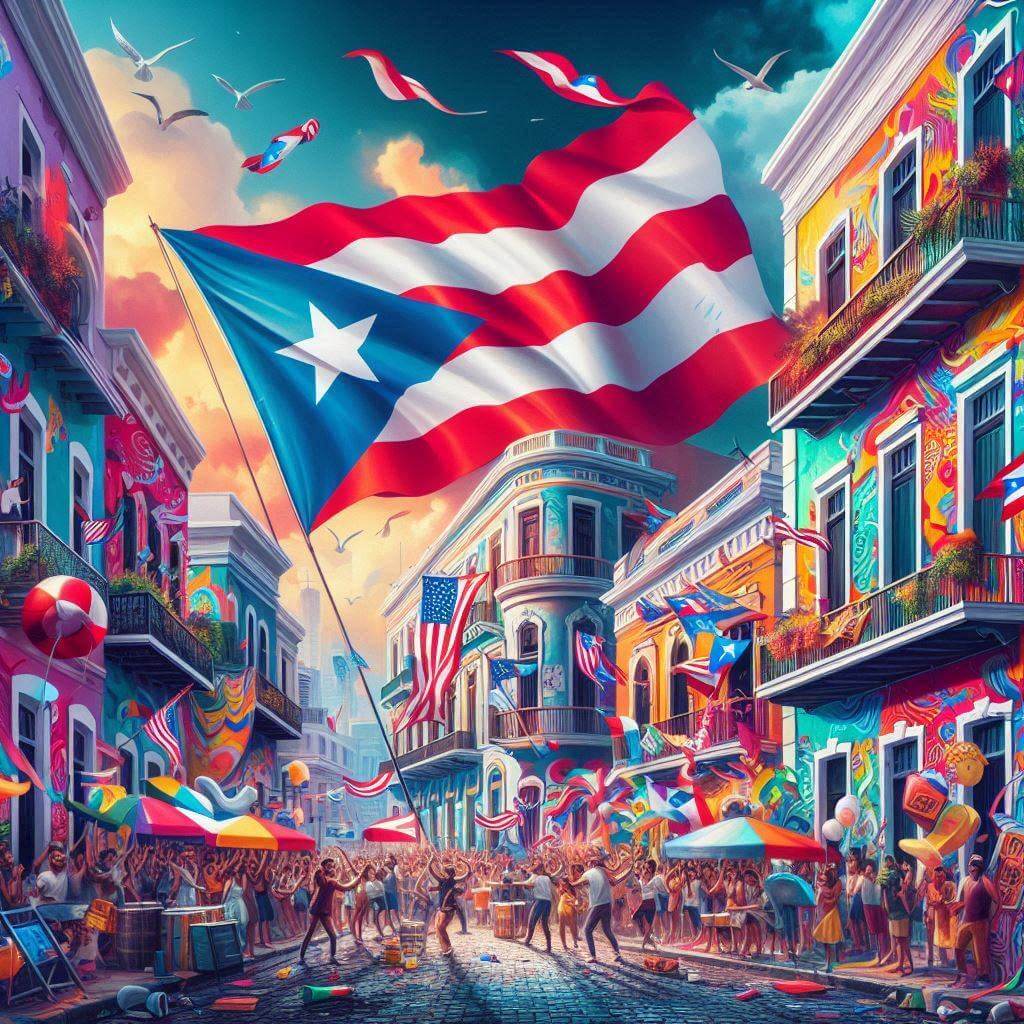 The flag of Puerto Rico is a powerful symbol of cultural pride and national identity, widely displayed during official ceremonies, cultural events, and political demonstrations. It plays a crucial role in uniting Puerto Ricans both on the island and in the diaspora, serving as a tangible connection to their heritage. The flag is prominently featured during Puerto Rican Day celebrations in major U.S. cities, particularly the Puerto Rican Day Parade in New York City. In Puerto Rico, the flag is displayed on government buildings, schools, and during national holidays such as Constitution Day (July 25th) and Discovery Day (November 19th). The flag's usage has also been associated with various political movements advocating for Puerto Rico's self-determination, whether through statehood, independence, or enhanced commonwealth status.
The flag of Puerto Rico is a powerful symbol of cultural pride and national identity, widely displayed during official ceremonies, cultural events, and political demonstrations. It plays a crucial role in uniting Puerto Ricans both on the island and in the diaspora, serving as a tangible connection to their heritage. The flag is prominently featured during Puerto Rican Day celebrations in major U.S. cities, particularly the Puerto Rican Day Parade in New York City. In Puerto Rico, the flag is displayed on government buildings, schools, and during national holidays such as Constitution Day (July 25th) and Discovery Day (November 19th). The flag's usage has also been associated with various political movements advocating for Puerto Rico's self-determination, whether through statehood, independence, or enhanced commonwealth status.
Interesting facts about the Puerto Rican flag
- The shade of blue in the triangle has been a subject of debate, with light blue and navy blue versions both in use at different times. The current official shade is navy blue.
- During periods of Spanish colonial rule and early U.S. administration, displaying the Puerto Rican flag was considered an act of sedition, punishable by imprisonment.
- The flag inspired the creation of the Puerto Rican national anthem, "La Borinqueña", which references the flag's colors in its lyrics.
- A popular nickname for the Puerto Rican flag is "La Monoestrellada", meaning "The One-Star Flag", distinguishing it from other flags with multiple stars.
- The flag's design has influenced various cultural expressions, including fashion, art, and music, becoming a ubiquitous symbol of Puerto Rican identity worldwide.
